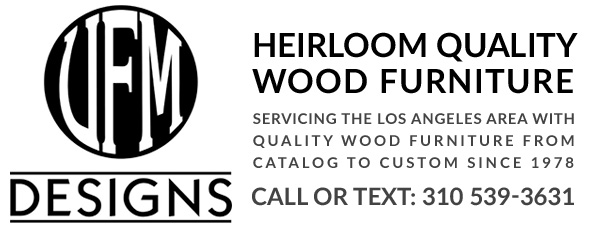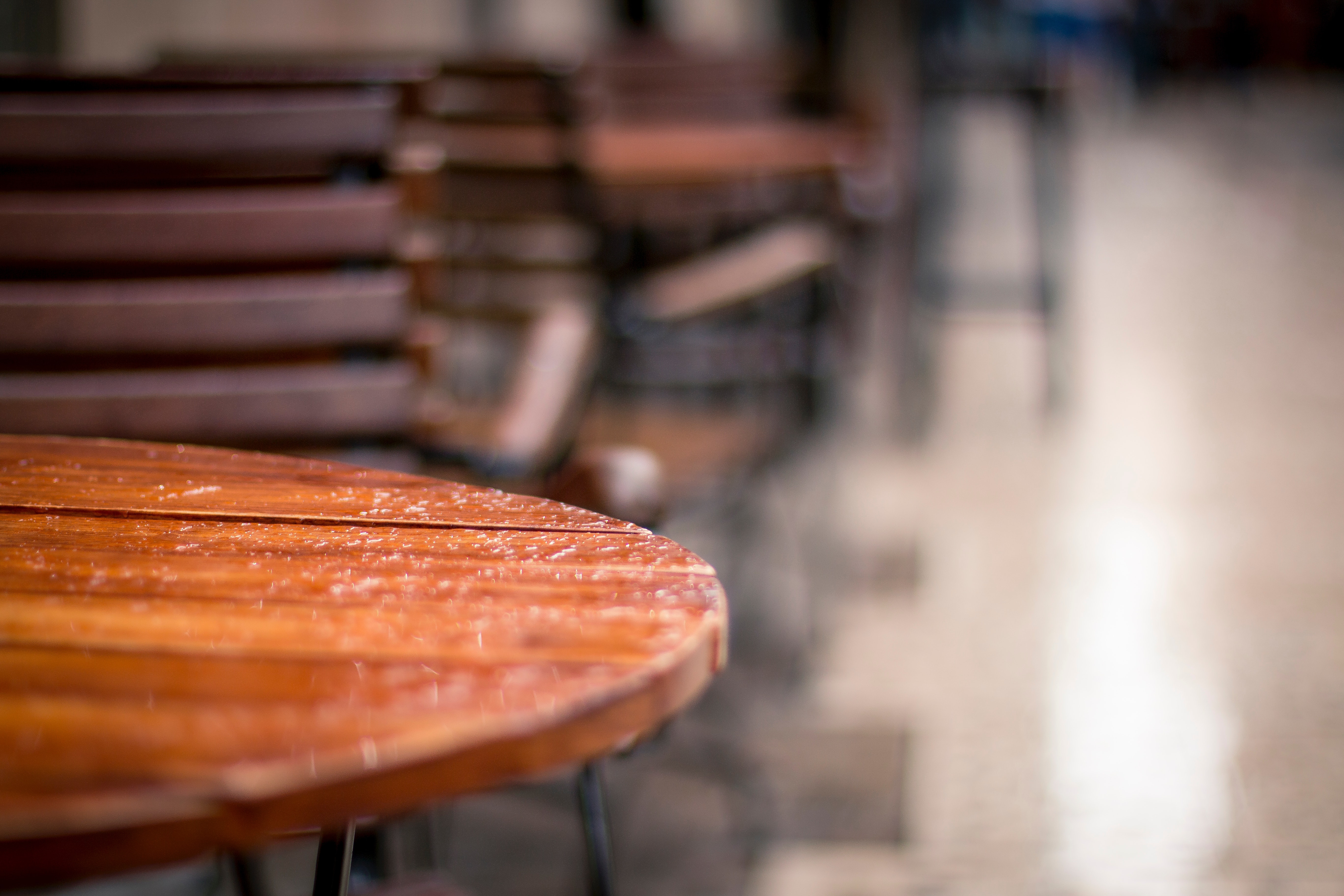Custom tables. What does this expression require? Are there limitations? Options? Templates to follow? There is a myriad of topics that pop up and are asked throughout the table design process. We’ve devoted a whole page going over our table choices, but why not dig in a little further? Couldn’t bother, right? To help gain a better knowledge of our custom tables and what we mean, let’s look more firmly and walk through the table design possibilities.
To begin, there are a diversity of ways to approach building custom tables with us. As some commit to a fully custom furniture piece, this process starts with examples of the desired look of the custom table. After further discussion, the table design is sketched, and if needed, adjustments are made, and once the sketch is approved, we’re a go! Simple as that. To gain a deeper understanding of an actual “custom” table process and read about a real-life case, click here! The other choice for creating custom tables would be squeezing a combination of details and styles we offer. You might be amazed how small parts can alter the look of a table. Let’s take a closer peek at these differences.
Size
When designing with us, whether over the e-mail, phone or in our showroom, size is the first part to nail down. Seating plans will change depending on the table style, but standard support tables will allow seating as such: 42”x72” (seats 6-8), 42”x84” (seats 8), 42”x96” (seats 8-10), 42”x108” (seats 10). Size can be customized down to the inch, which is still another perk of custom furniture.
Leg/Base Options: What We Use to Hold It Up
The preferred pedestal design will have a direct effect on the feel or style of the table. If the desired look is rustic, formal, modern, etc., the pedestal will be chosen accordingly. We offer one of our many custom tables made from solid wood. Ten table/pedestal design opportunities, not including our metal base designs. Some of these range from the flat leg design to lots of turned four-leg tables. There’s no deficiency of options! Click here to see!
Details: The Look of It
Details can determine the overall style of the custom tables. The choices range from top thickness, edge style, grooves, and level of distress. For high depth, we offer three sizes: 1.25”, 1.75”, and 2.25”. These size differences are subtle, but visibly alter the “mass” of the table. Grooves are natural – meals can be made without or with – they’re merely a matter of preference. Distressing ranges from a 0-10 scale. Zero is the lowest level with a sufficiently smooth, pure top. As the numbers on the scale climb, we add more dents, nicks, nail holes, and other small batterings. The more heavily distressed, the more informal the table becomes. The final detail is the table’s edge. We offer a clean edge, tumbled side, and natural wavy edge. Self-explanatory, a clean edge is kept smooth, sharp, and crisp. A dropped edge is battered throughout adding more massive dents and depth variations in the wood. Finally, the natural wavy edge adds a more raw, curvaceous feel.
Finish/Color
Finish and color are often more slowly debated table options. We offer a large assortment of stain colors, ranging from red, gold, and right browns to the simplest of grays. As always, if needed we can customize a stain color. Satin and flat are the sheets we offer. Flat, being a dull finish, while satin provides a glazed look resulting in formal custom tables.
Wood Species
For some, picking a wood species can be difficult. Our wood kinds of selection are hickory, ash, walnut, and white oak and quarter sawed red. Often our choice between these is dictated by color. However, the reasoning behind picking these wood varieties is their hard structure and durability. We could go on about all wood varieties, but to keep it easy, here’s a brief explanation of each. Hickory has a smaller wood grain but offers much more color variation in its grain. Ash is blonder but has a more massive wood grain. Walnut, a wood class that often needs no installation, is generally quite rich in tone. If you ask us to about stain walnut, you may find us abiding, but screaming and kicking in the process. Finally, quarter sawn red oak has a reddish undertone, while quarter-sawed white oak can have a hint of white/gold undertone. Both of these species’ wood grains are small and tight with a unique look that is due to its cut.
There’s not much to go into when discussing benches, cross braces, and table extensions, but they are options available to all.
Head spinning? Curious? Want to know what it all looks like in reality? Check out our showroom, showcasing many of these options or contact us!

